
Browse
Contact Us
About OnTableTop

Supported by (Turn Off)
-
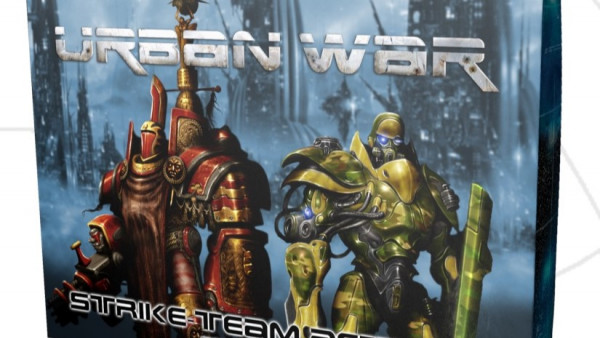

1
Pre-Order New Edition Urban War Gamebox From Seb Games
-


0
Delve Deeper Into Warhammer Underworlds With New Warbands
-
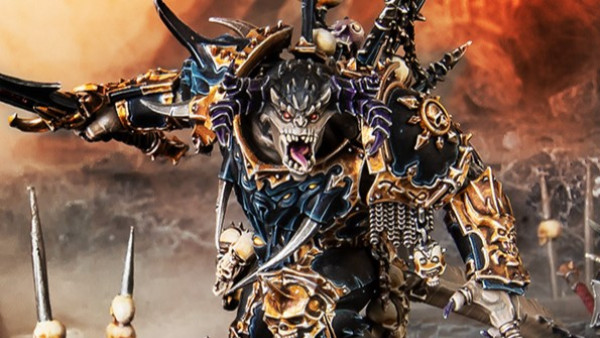

0
Pre-Order New Slaves To Darkness For Warhammer Age Of Sigmar
-
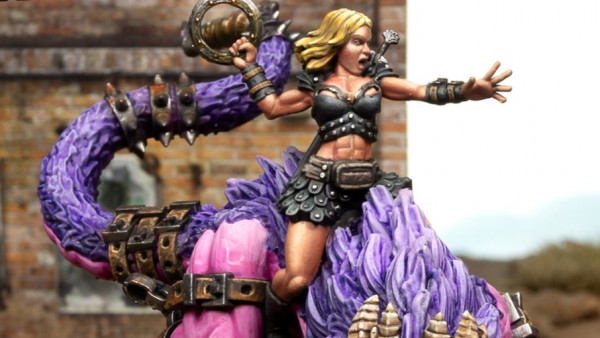

1
Callisto Rides & Roars Into Bad Roll Games’ Punkapocalyptic
-
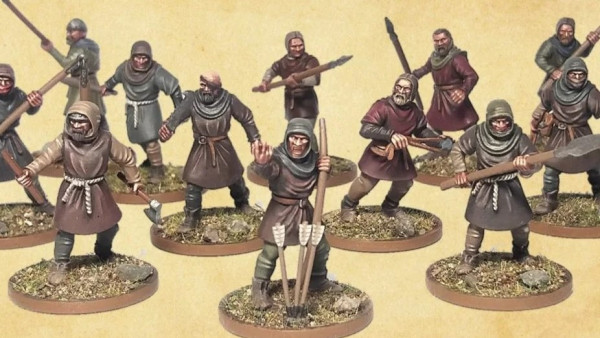

4
Wargames Atlantic’s New Plastic Peasants Are Revoltingly Good!
-


2
Fight Alongside DakkaDakka’s New Stormpride Sisters On Kickstarter
-


3
Separatist Call On Clanking New Droids For Star Wars: Legion
-


1
Snatch Up Corpses With Warmachines’ New Necrohavester
-


0
PWork Wargames Running Big New Black Friday Sale!
-
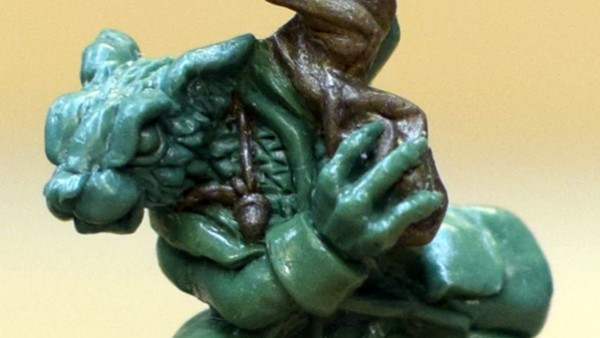

7
Loads More Burrows & Badgers Previews For New Starter Set!
-
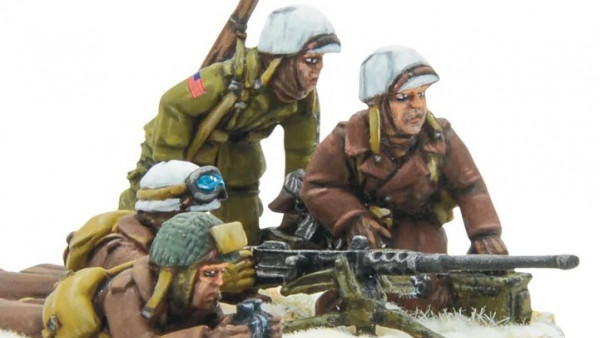

1
Dive Into Bolt Actions’ 28mm Winter US Army & Airborne Collection
-


1
Warlord Offer Sneak Peek Inside Bolt Action Armies Of Germany
-
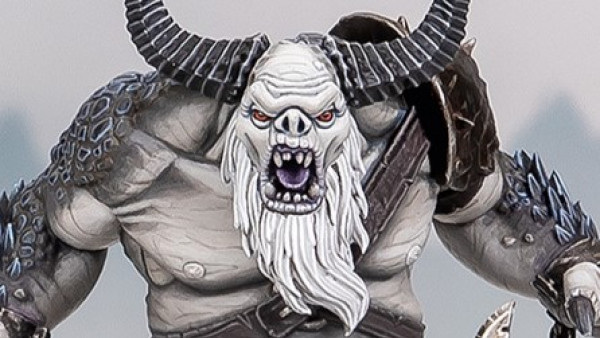

10
They Have A Snow Troll! New Middle-earth SBG Miniature Reveals
-
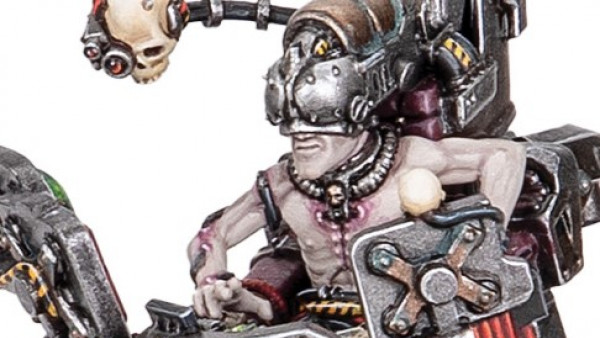

3
Slithering Creatures & Tech Savants Join Necromunda Range
-
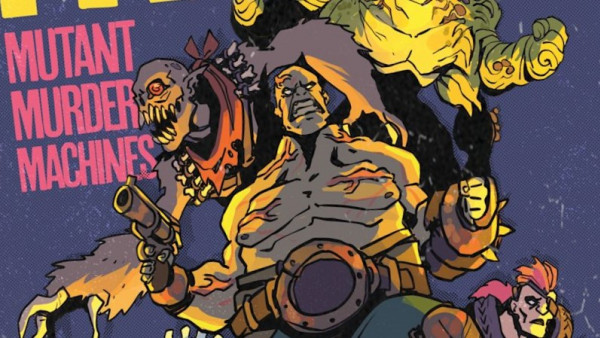

3
FREAKZ! Mutant Murder Machines Available From Osprey Games
-
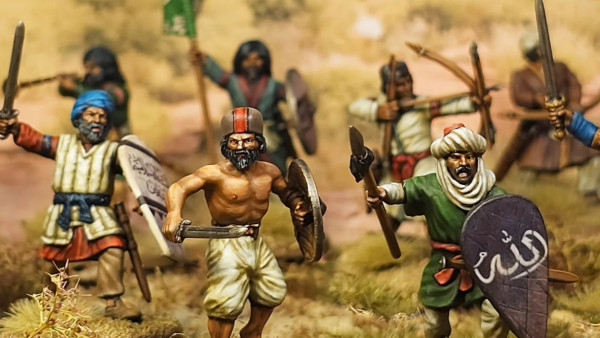

2
Build Your Crusader-era Islamic Army With Victrix Miniatures
-


4
Cover Your Bases In Dead Animal Bits From Wargames Atlantic
-
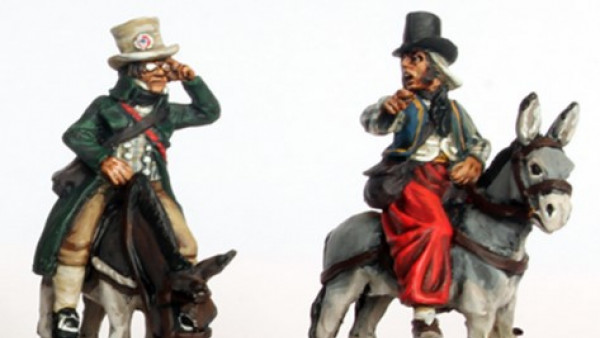

1
New Ottomans & The French In Egypt From Perry Miniatures
-
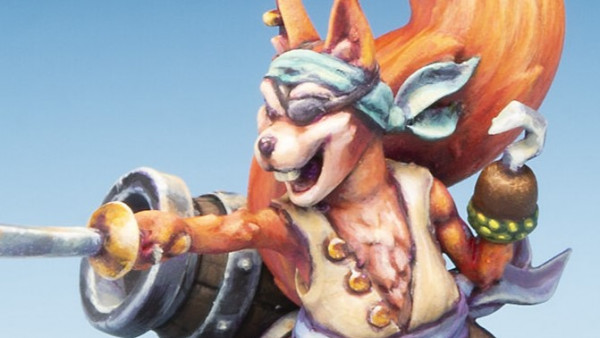

4
A New Crew Comes To Freebooter’s Fate & A Pirate Squirrel!
-
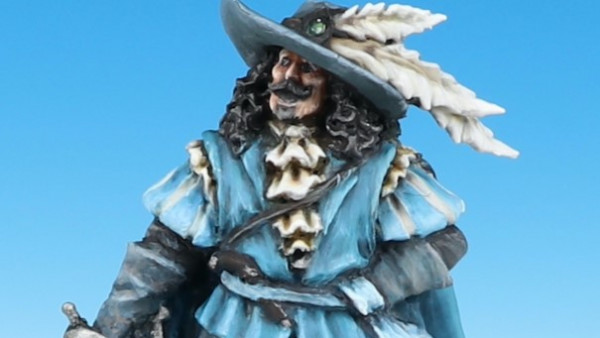

1
Buckle Some Swashes With Two New Black Scorpion Miniatures
-


2
Grab Digital Armoured Clash Rules From Warcradle Studios
-
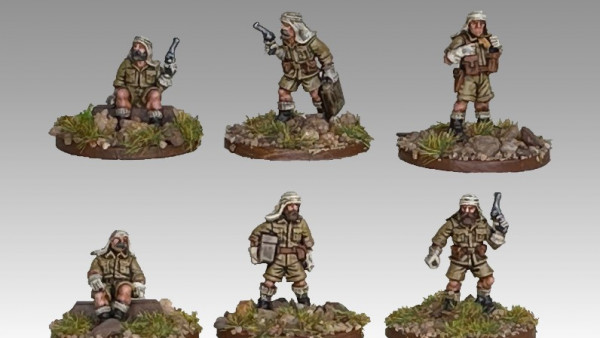

2
Recruit New 15mm Desert Infantry From Slave 2 Gaming
-
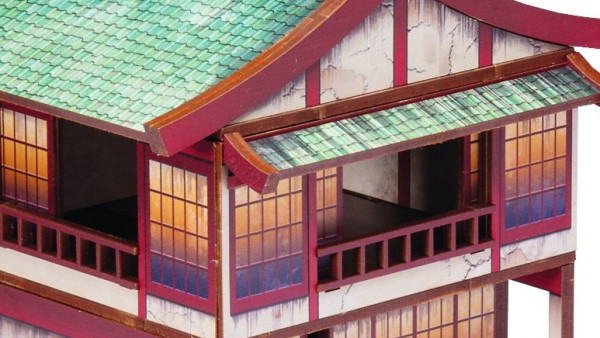

2
Battle Through New Micro Art’s Pre-Coloured Japanese Terrain
-


2
Steamforged’s Epic Encounters Hit The Ruins Of Symbaroum!
-
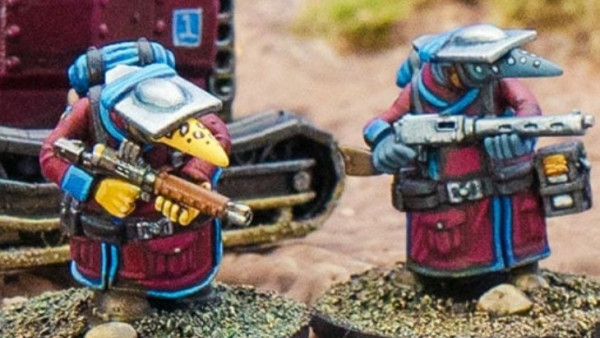

5
The Fidwogs Marching Out Soon For ZombieSmith’s This Quar’s War
-
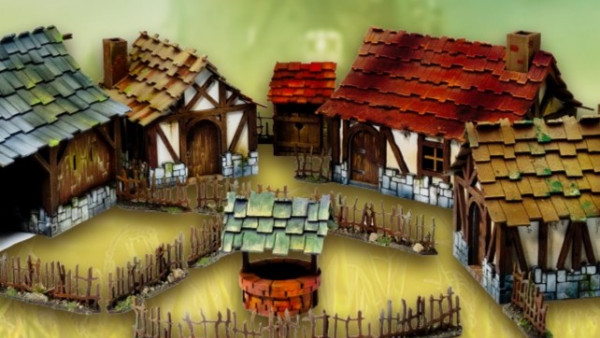

6
Explore Kromlech’s Ace New Fantasy Realms Terrain Range
-
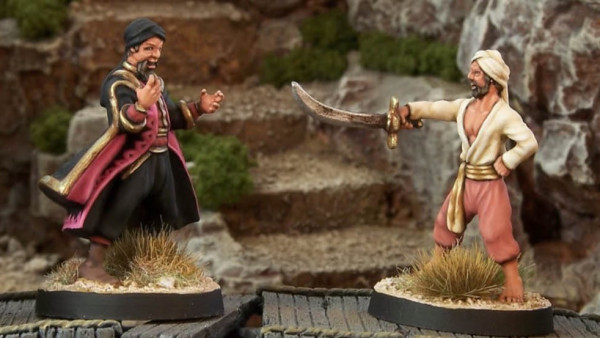

4
Crooked Dice Gives New Home To Sinbad Range For 7TV Fantasy
-


1
Spectre Miniatures Reveal Limited Remembrance Diorama
-
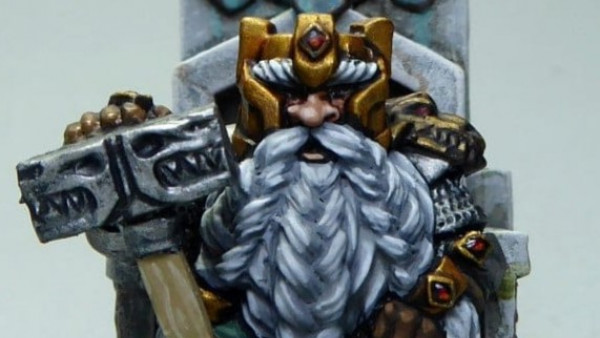

3
Add Macrocosm’s Mighty 28mm Dwarven King To Your Throng
-
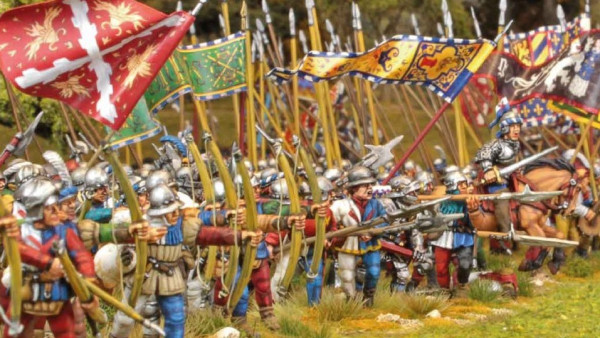

6
Pre-Orders Live For Studio Tomahawk’s SAGA: Age Of Chivalry
Latest From the Forums
-
Beasts of War - OnTableTop - Phase III: Time for speculations and conspiracies
News, Rumours & General Discussion
-
[Official Birthday Thread] It's cake day!
News, Rumours & General Discussion
-
What Are You Painting Now?
Painting in Tabletop Gaming
-
[Kickstarter] Upcoming Hobgoblins Campaign by Spellcrow | December 2024
News, Rumours & General Discussion
-
[unofficial weekender] Don't mind me
News, Rumours & General Discussion
-
BattleTech: Mercenaries - CGL does a shipping booboo? Internet rages!
News, Rumours & General Discussion
-
[The Hobby Hangout] #234 Let the bodies hit the floor.
News, Rumours & General Discussion
-
GPSR horror (argh!)
News, Rumours & General Discussion
-
Nam 68 'Tour of Duty' up for sale at last!
News, Rumours & General Discussion
-
[Kickstarter] Legends of Darkshire, chapter 1 : The heretic monastery
3D Printing for Tabletop Gaming
-
[Kickstarter] 3D printable terrain tiles with water for your battlefield
3D Printing for Tabletop Gaming
-
Requesting account deletion
Technical Support
-
[unofficial weekender] It's all in the background. Or is it?
News, Rumours & General Discussion
-
My painted Orks for sale …
COG – Trading Bazaar
-
Hobby Pledges 2024
Painting in Tabletop Gaming
-
Buds blast markers engine fire prototype.
Terrain & Scenery in Tabletop Gaming
-
[unofficial Hobby Hangout] #233 This is also just a test
News, Rumours & General Discussion
-
Engine fire prototype from Bud's blast markers
News, Rumours & General Discussion
-
[Kickstarter] “Wrecked delivery van” .stl for 3D printing
3D Printing for Tabletop Gaming
-
[the NEW unofficial WEEKENDER!] November 3 2024
News, Rumours & General Discussion
Browse
Services
Contact Us
Copyright © 2024 Beasts of War Ltd.
All trademarks and images are copyright of their respective owners.





























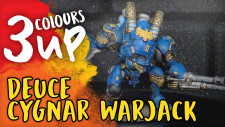













Leave a Reply